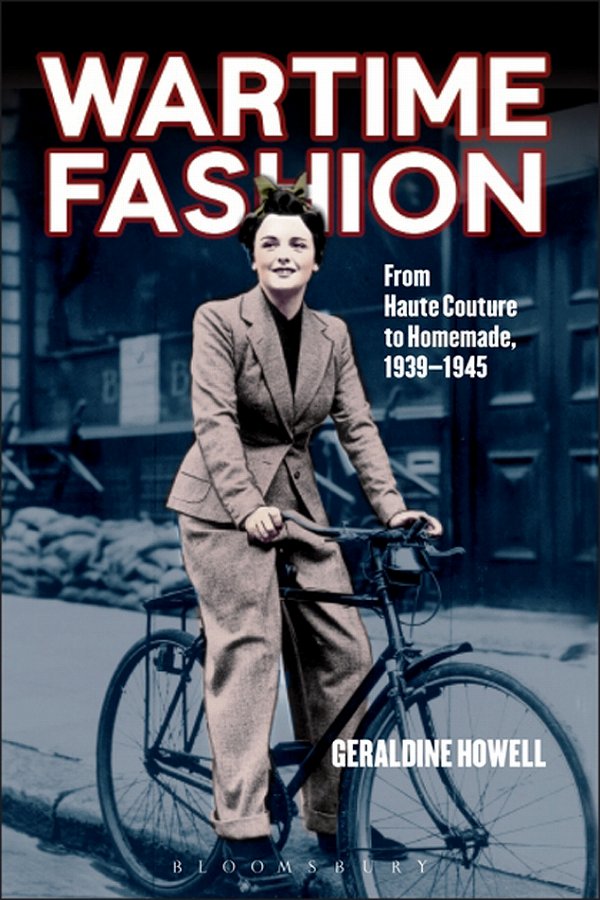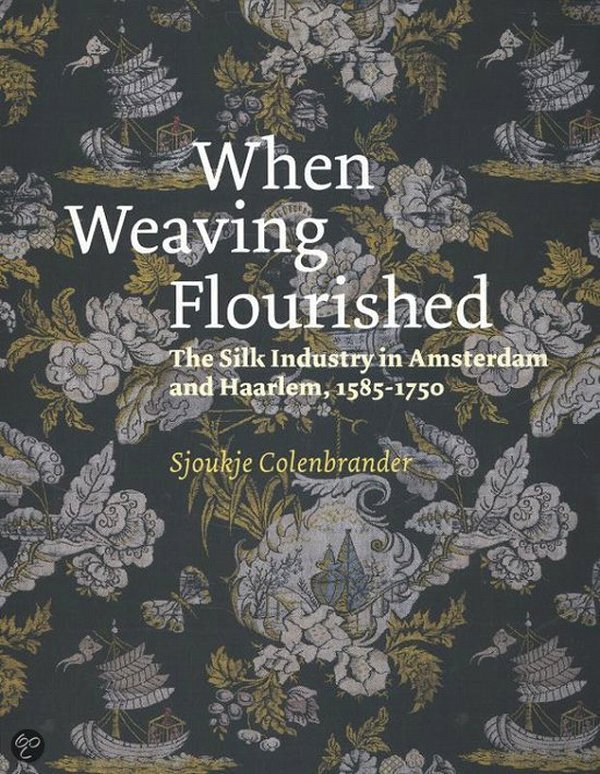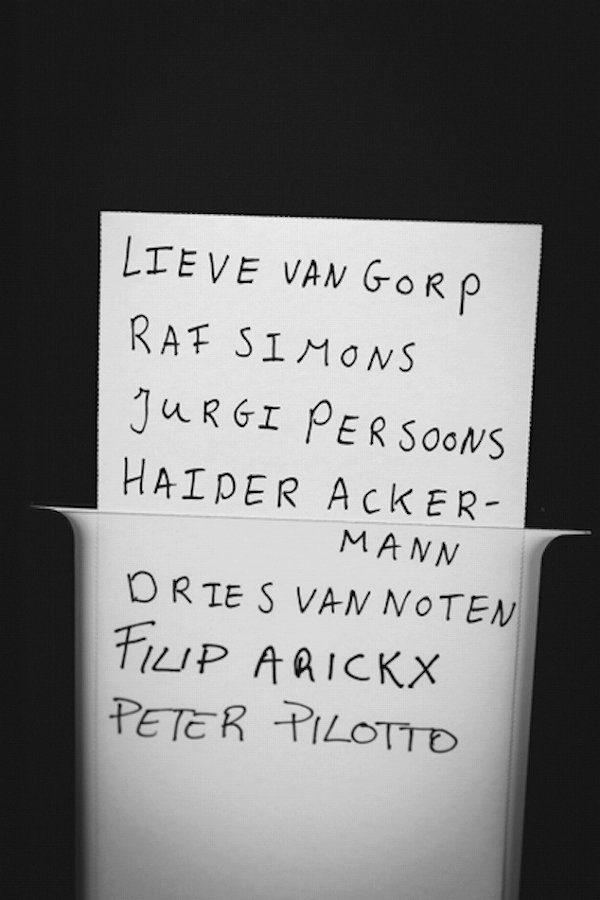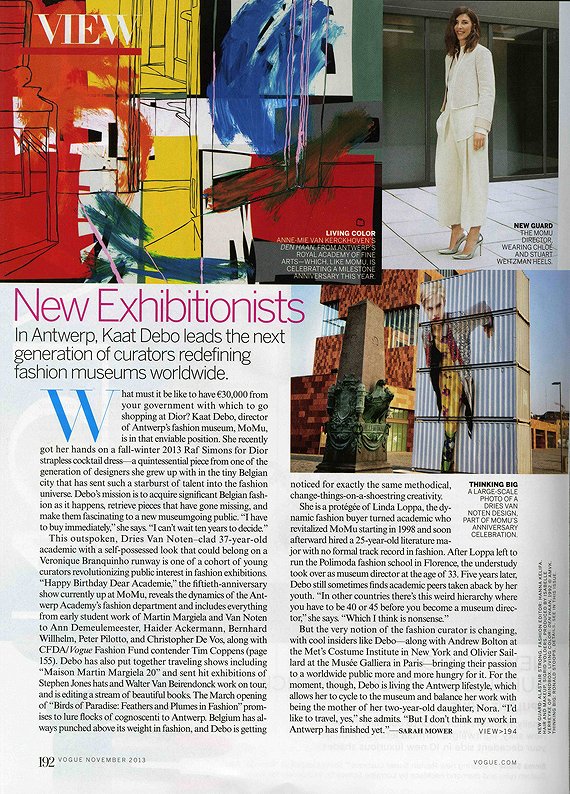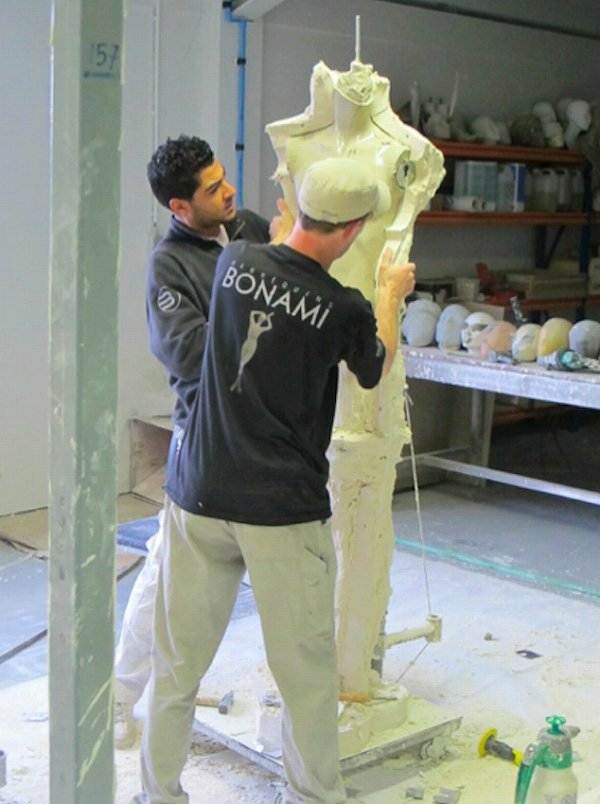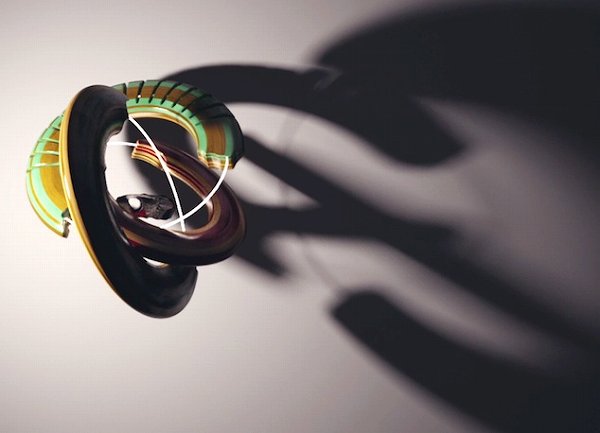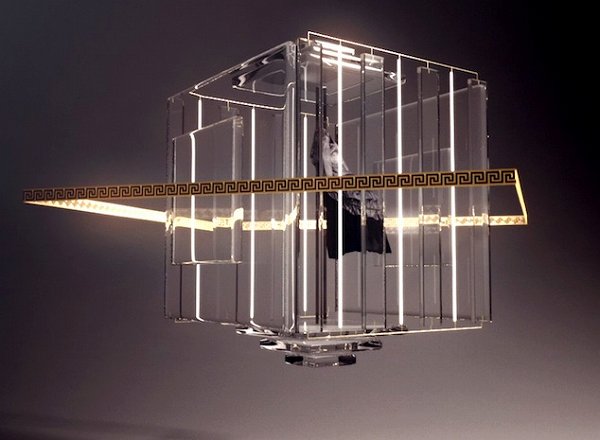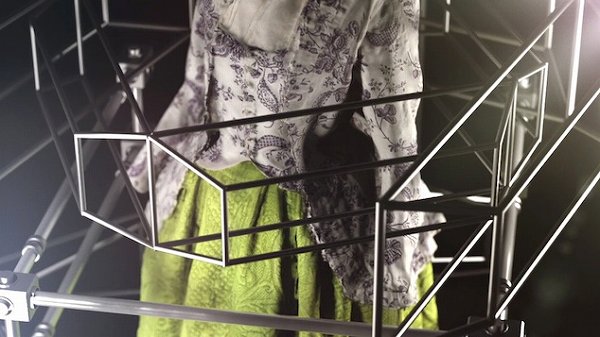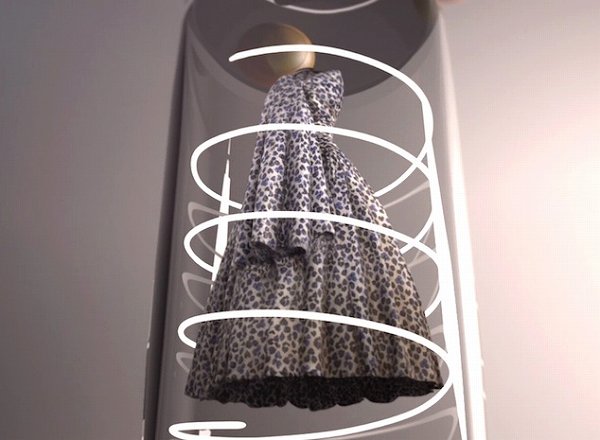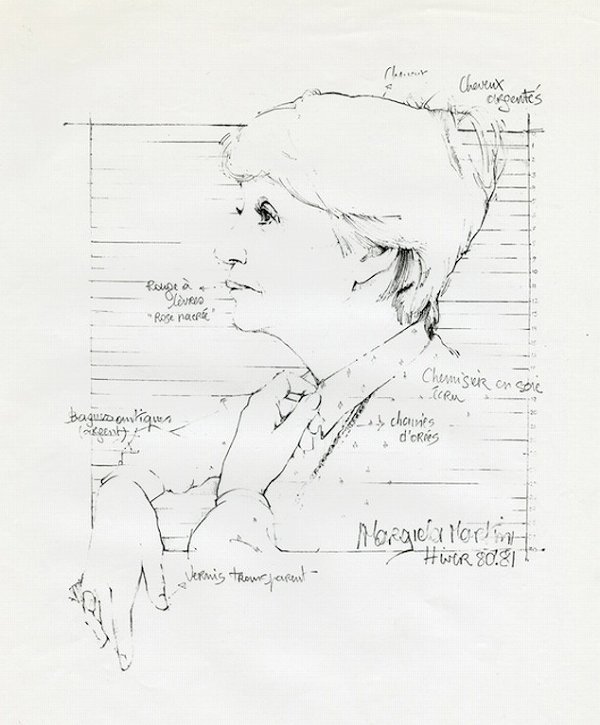 During the turbulent 1960s, the fashion and theatre costume department of the Antwerp Royal Academy of Fine Arts was founded by the then Academy director Mark Macken. He appoints Mary Prijot, pianist and artist, as the head of the new department. Under her leadership the department of decorative and fashion drawing develops into a fully-fledged training program in fashion drawing with a distinct focus on the graphic aspect of the design process. Mary Prijot is a classically trained artist and her conception of fashion holds French elegance in very high regard ‚Äď her shining example is Gabrielle ‚ÄėCoco‚Äô Chanel.
During the turbulent 1960s, the fashion and theatre costume department of the Antwerp Royal Academy of Fine Arts was founded by the then Academy director Mark Macken. He appoints Mary Prijot, pianist and artist, as the head of the new department. Under her leadership the department of decorative and fashion drawing develops into a fully-fledged training program in fashion drawing with a distinct focus on the graphic aspect of the design process. Mary Prijot is a classically trained artist and her conception of fashion holds French elegance in very high regard ‚Äď her shining example is Gabrielle ‚ÄėCoco‚Äô Chanel.
As part of the curriculum the students also visit fashion capitals like Paris and London, for Prijot believes that a broad artistic-cultural foundation is essential to becoming a good designer. In these cities, the students come in contact with the fashions and revolts at the end of the sixties. Although Prijot thinks it is necessary to be modern and fashionable, she is not interested in street and protest in fashion. At that moment, the artistic scene of the Wolstraat is booming in Antwerp. the fashion students do not take part. They trot around looking smart and elegant and have little in common with the hippies and provos that populate the other art programs. They are regarded as outsiders by their fellow students from other disciplines.
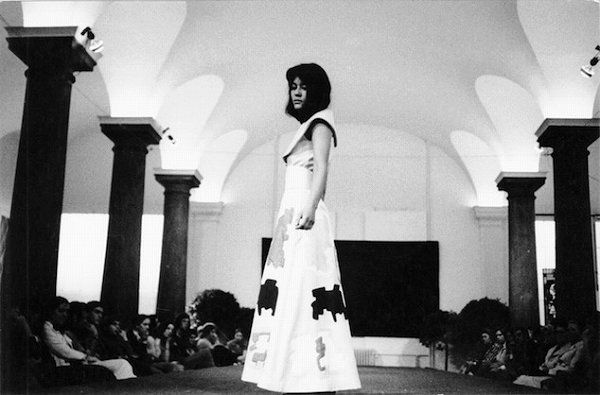 The end of year show of the department takes place in the cafeteria and the winter garden of the Academy. During the show everyone -both theatre and fashion design- uses the same music; it is a tape Prijot borrows from the fur seller Beno√ģt. Already at this early stage of the program big names such as Jo Wijckmans, Linda Loppa and Fred Debouvry graduate. When still a student, Marthe Van Leemput is hired as couple instructor. Over the following years she becomes Prijot‚Äôs right hand.
The end of year show of the department takes place in the cafeteria and the winter garden of the Academy. During the show everyone -both theatre and fashion design- uses the same music; it is a tape Prijot borrows from the fur seller Beno√ģt. Already at this early stage of the program big names such as Jo Wijckmans, Linda Loppa and Fred Debouvry graduate. When still a student, Marthe Van Leemput is hired as couple instructor. Over the following years she becomes Prijot‚Äôs right hand.





